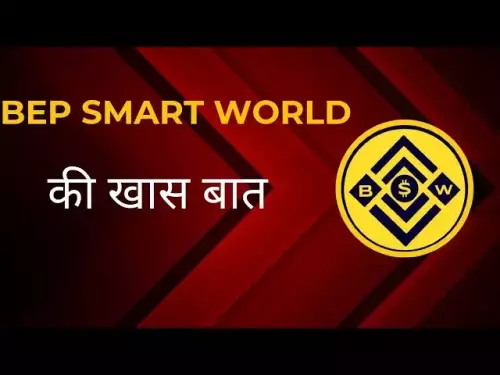-
 bitcoin
bitcoin $112195.049338 USD
2.42% -
 ethereum
ethereum $4124.915858 USD
2.81% -
 tether
tether $1.000570 USD
0.02% -
 xrp
xrp $2.861568 USD
2.25% -
 bnb
bnb $1000.346670 USD
3.04% -
 solana
solana $209.070819 USD
3.38% -
 usd-coin
usd-coin $0.999870 USD
0.02% -
 dogecoin
dogecoin $0.235379 USD
2.65% -
 tron
tron $0.335681 USD
-0.20% -
 cardano
cardano $0.803501 USD
3.38% -
 hyperliquid
hyperliquid $47.120881 USD
3.56% -
 chainlink
chainlink $21.501300 USD
3.44% -
 ethena-usde
ethena-usde $1.000571 USD
0.02% -
 avalanche
avalanche $29.793378 USD
3.62% -
 stellar
stellar $0.366964 USD
2.42%
How fast are blockchain transactions?
Blockchain transaction speeds vary widely, from Bitcoin’s 4–7 TPS to Solana’s 65,000+ TPS, influenced by consensus mechanisms, congestion, fees, and Layer-2 solutions.
Sep 04, 2025 at 09:54 am
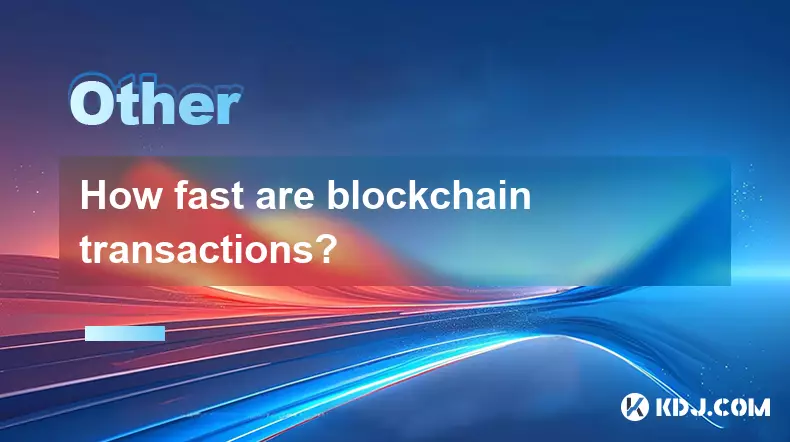
Understanding Blockchain Transaction Speeds
1. Blockchain transaction speeds vary significantly depending on the network being used. For example, Bitcoin processes approximately 4 to 7 transactions per second (TPS), which can lead to delays during periods of high demand. The time it takes for a transaction to be confirmed on the Bitcoin network typically ranges from 10 minutes to over an hour, depending on network congestion and the transaction fee paid.
2. Ethereum, while more advanced in smart contract functionality, averages around 15 to 30 TPS. Transaction confirmation times on Ethereum usually fall between 12 to 15 seconds under normal conditions. However, during peak usage such as NFT minting events or DeFi surges, confirmation times can extend due to increased gas competition.
3. High-performance blockchains like Solana and Avalanche are designed for speed and scalability. Solana claims to support over 65,000 TPS with confirmation times under a second under optimal conditions. These networks use alternative consensus mechanisms like Proof of History (Solana) or Avalanche’s consensus protocol to achieve faster finality.
4. Transaction speed is influenced by several factors including block time, network congestion, transaction fees, and the consensus algorithm. Shorter block times generally mean faster confirmations, but they can also increase the risk of orphaned blocks. Users who pay higher fees are prioritized by miners or validators, resulting in quicker processing.
5. Layer-2 solutions such as the Lightning Network for Bitcoin and Optimism or Arbitrum for Ethereum drastically improve transaction throughput and reduce confirmation times. These off-chain or rollup-based systems process transactions outside the main chain and later batch them for on-chain settlement, enabling near-instant transfers at lower costs.
Factors That Influence Transaction Finality
1. The consensus mechanism plays a crucial role in determining how fast transactions are finalized. Proof of Work (PoW) networks like Bitcoin require multiple confirmations to ensure security, which slows down finality. In contrast, Proof of Stake (PoS) and its variants allow for quicker block validation and faster agreement across nodes.
2. Network congestion directly impacts transaction speed. When too many users attempt to send transactions simultaneously, the mempool (a holding area for unconfirmed transactions) becomes overloaded. Transactions with lower fees may remain unprocessed for extended periods, sometimes hours or even days.
3. Block size and block interval are technical parameters that affect throughput. Networks with larger block sizes or shorter intervals between blocks can process more transactions in less time. However, increasing block size can lead to centralization risks as it demands more resources from node operators.
4. Transaction fees act as an incentive for validators or miners. Users who set higher fees see their transactions included in the next available block more quickly. Fee markets dynamically adjust based on demand, meaning fees spike during high-traffic events like token launches or market volatility.
5. Some blockchains implement finality gadgets or mechanisms that provide immediate cryptographic proof of transaction finality. For instance, Tendermint-based chains like Cosmos achieve instant finality once a block is committed, eliminating the need for multiple confirmations.
Comparing Major Blockchain Networks
1. Bitcoin remains the most secure and decentralized blockchain but sacrifices speed for robustness. Its 10-minute block time and limited block size make it unsuitable for high-frequency transactions, though it excels as a store of value.
2. Ethereum’s transition to PoS through 'The Merge' improved efficiency and reduced energy consumption, but base layer speed remains constrained. Most scalability now comes from Layer-2 ecosystems built on top of Ethereum.
3. Binance Smart Chain (BSC) offers faster and cheaper transactions than Ethereum by using a smaller set of validators. It averages around 3 seconds per block and supports up to 100 TPS, making it popular for DeFi applications despite concerns about decentralization.
4. Cardano uses a PoS model called Ouroboros and aims for academic rigor in its design. While transaction speeds are moderate (10–20 TPS), its layered architecture separates computation from settlement, potentially enabling better performance upgrades over time.
5. Polkadot and Cosmos focus on interoperability and scalability through parachains and zones, respectively. These frameworks allow independent blockchains to process transactions in parallel, significantly increasing overall network throughput.
Frequently Asked Questions
What causes delays in blockchain transactions?Delays occur due to network congestion, low transaction fees, long block intervals, or high demand. During peak times, the volume of pending transactions exceeds the network’s capacity, forcing users to wait or increase their fees.
Can a blockchain transaction be too fast to be secure?Some fast blockchains reduce confirmation times but may compromise on decentralization or attack resistance. Rapid finality requires strong consensus coordination, and if the network is not well-distributed, it becomes more vulnerable to manipulation.
How do Layer-2 solutions improve transaction speed?Layer-2 protocols handle transactions off the main chain and periodically submit batched results. This reduces load on the primary network, enabling thousands of transactions per second with minimal latency and lower fees.
Why do some blockchains advertise high TPS but feel slow in practice?Advertised TPS often reflects theoretical maximums under ideal conditions. Real-world performance depends on node distribution, software optimization, and user behavior. High TPS does not always translate to consistent user experience, especially during stress events.
Disclaimer:info@kdj.com
The information provided is not trading advice. kdj.com does not assume any responsibility for any investments made based on the information provided in this article. Cryptocurrencies are highly volatile and it is highly recommended that you invest with caution after thorough research!
If you believe that the content used on this website infringes your copyright, please contact us immediately (info@kdj.com) and we will delete it promptly.
- Bitcoin Wallets, Market Volatility, and Dormant Assets: What's the Deal?
- 2025-09-29 12:25:15
- Town Token, Crypto Payroll & Startups: A NYC Perspective on Adoption
- 2025-09-29 12:25:15
- DOT Parachains, XRP, and BullZilla: Decoding October 2025's Crypto Trends
- 2025-09-29 12:25:15
- Crypto Rollercoaster: Token Surges and Market Volatility in the Big Apple
- 2025-09-29 12:45:16
- Hyperdrive, Exploit, and Loss: Navigating the DeFi Minefield
- 2025-09-29 12:45:16
- MTP Swap, Buyback Plans & Market Makers: Decoding Crypto's Latest Moves
- 2025-09-29 12:25:15
Related knowledge
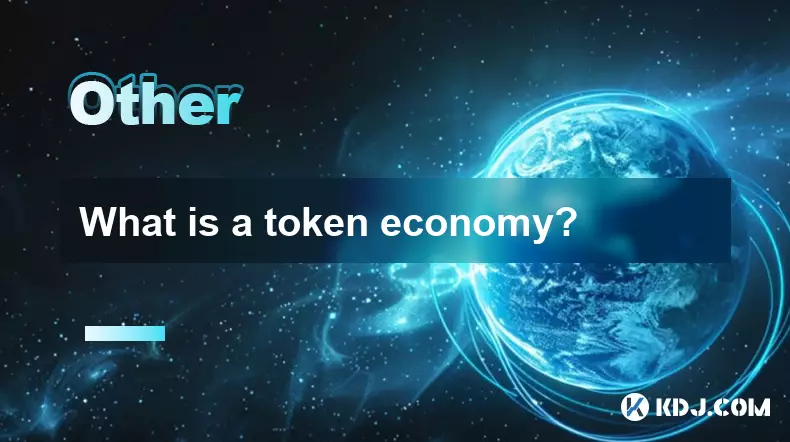
What is a token economy?
Sep 20,2025 at 12:18am
Understanding the Foundations of a Token Economy1. A token economy in the context of cryptocurrency refers to a system where digital tokens are used a...
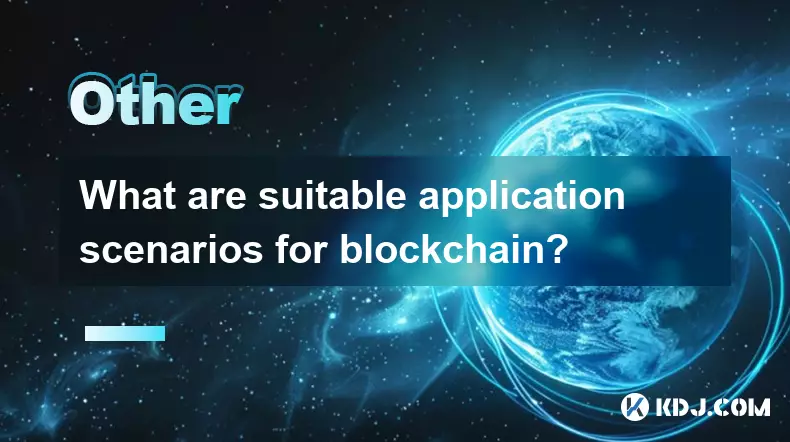
What are suitable application scenarios for blockchain?
Sep 20,2025 at 03:19am
Decentralized Finance (DeFi) Platforms1. Blockchain enables the creation of financial services without centralized intermediaries, allowing users to l...
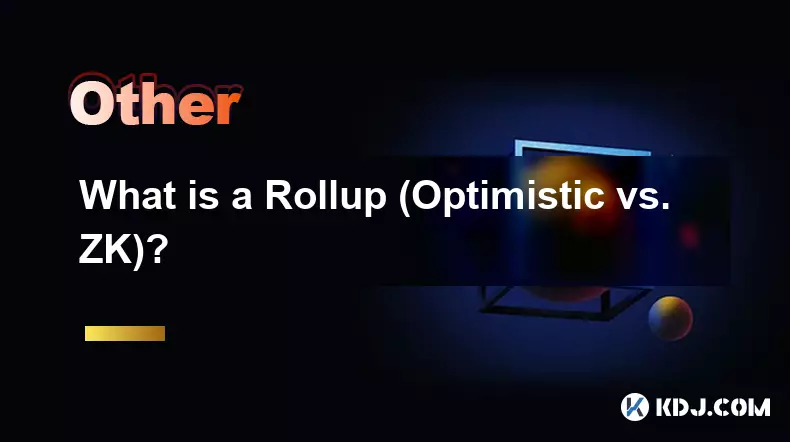
What is a Rollup (Optimistic vs. ZK)?
Sep 22,2025 at 03:00pm
Understanding Rollups in Blockchain Technology1. Rollups are layer-2 scaling solutions designed to increase transaction throughput on blockchains like...
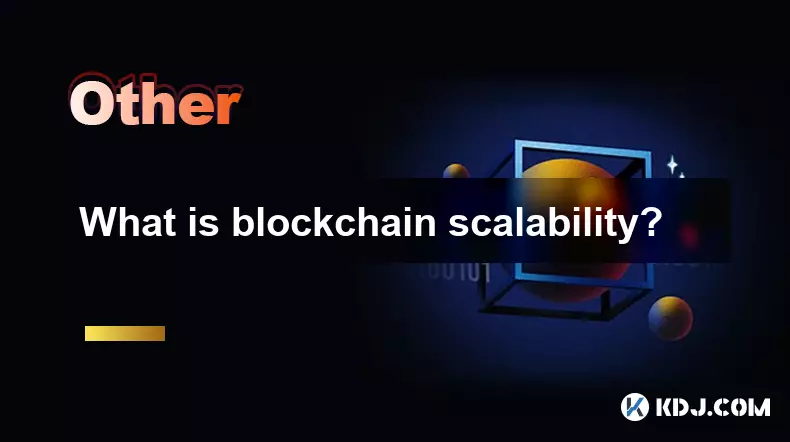
What is blockchain scalability?
Sep 19,2025 at 06:18am
Understanding Blockchain Scalability1. Blockchain scalability refers to a network's ability to handle an increasing number of transactions without com...
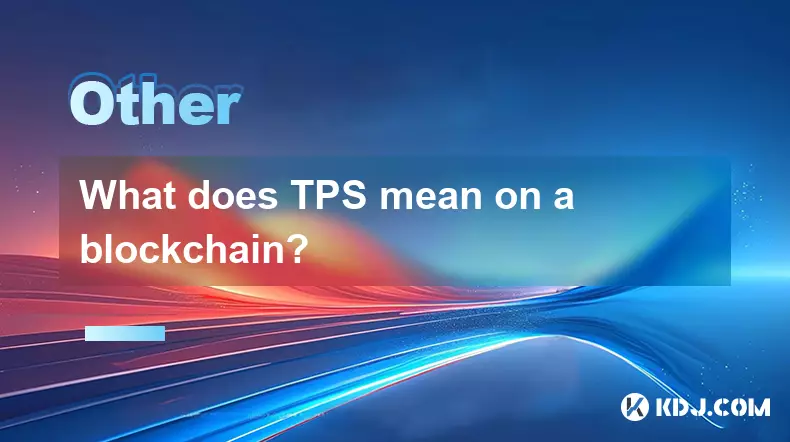
What does TPS mean on a blockchain?
Sep 21,2025 at 09:54am
Understanding TPS in Blockchain Technology1. TPS stands for Transactions Per Second, a metric used to measure the number of transactions a blockchain ...
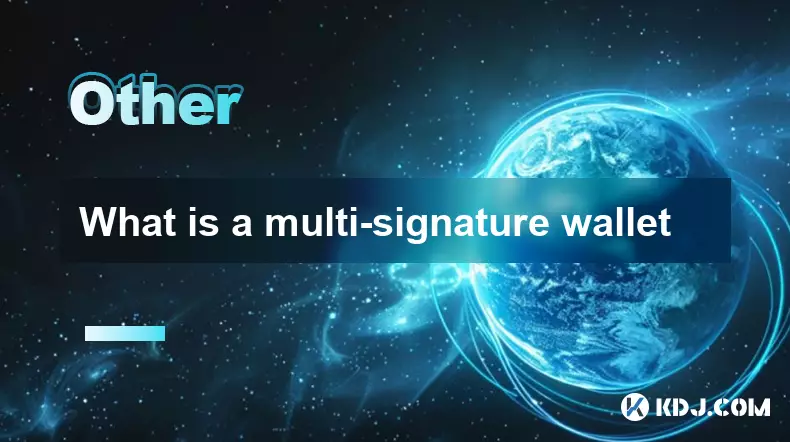
What is a multi-signature wallet
Sep 20,2025 at 07:00am
Understanding Multi-Signature Wallets in Cryptocurrency1. A multi-signature wallet, often referred to as a multisig wallet, is a type of cryptocurrenc...

What is a token economy?
Sep 20,2025 at 12:18am
Understanding the Foundations of a Token Economy1. A token economy in the context of cryptocurrency refers to a system where digital tokens are used a...

What are suitable application scenarios for blockchain?
Sep 20,2025 at 03:19am
Decentralized Finance (DeFi) Platforms1. Blockchain enables the creation of financial services without centralized intermediaries, allowing users to l...

What is a Rollup (Optimistic vs. ZK)?
Sep 22,2025 at 03:00pm
Understanding Rollups in Blockchain Technology1. Rollups are layer-2 scaling solutions designed to increase transaction throughput on blockchains like...

What is blockchain scalability?
Sep 19,2025 at 06:18am
Understanding Blockchain Scalability1. Blockchain scalability refers to a network's ability to handle an increasing number of transactions without com...

What does TPS mean on a blockchain?
Sep 21,2025 at 09:54am
Understanding TPS in Blockchain Technology1. TPS stands for Transactions Per Second, a metric used to measure the number of transactions a blockchain ...

What is a multi-signature wallet
Sep 20,2025 at 07:00am
Understanding Multi-Signature Wallets in Cryptocurrency1. A multi-signature wallet, often referred to as a multisig wallet, is a type of cryptocurrenc...
See all articles
























